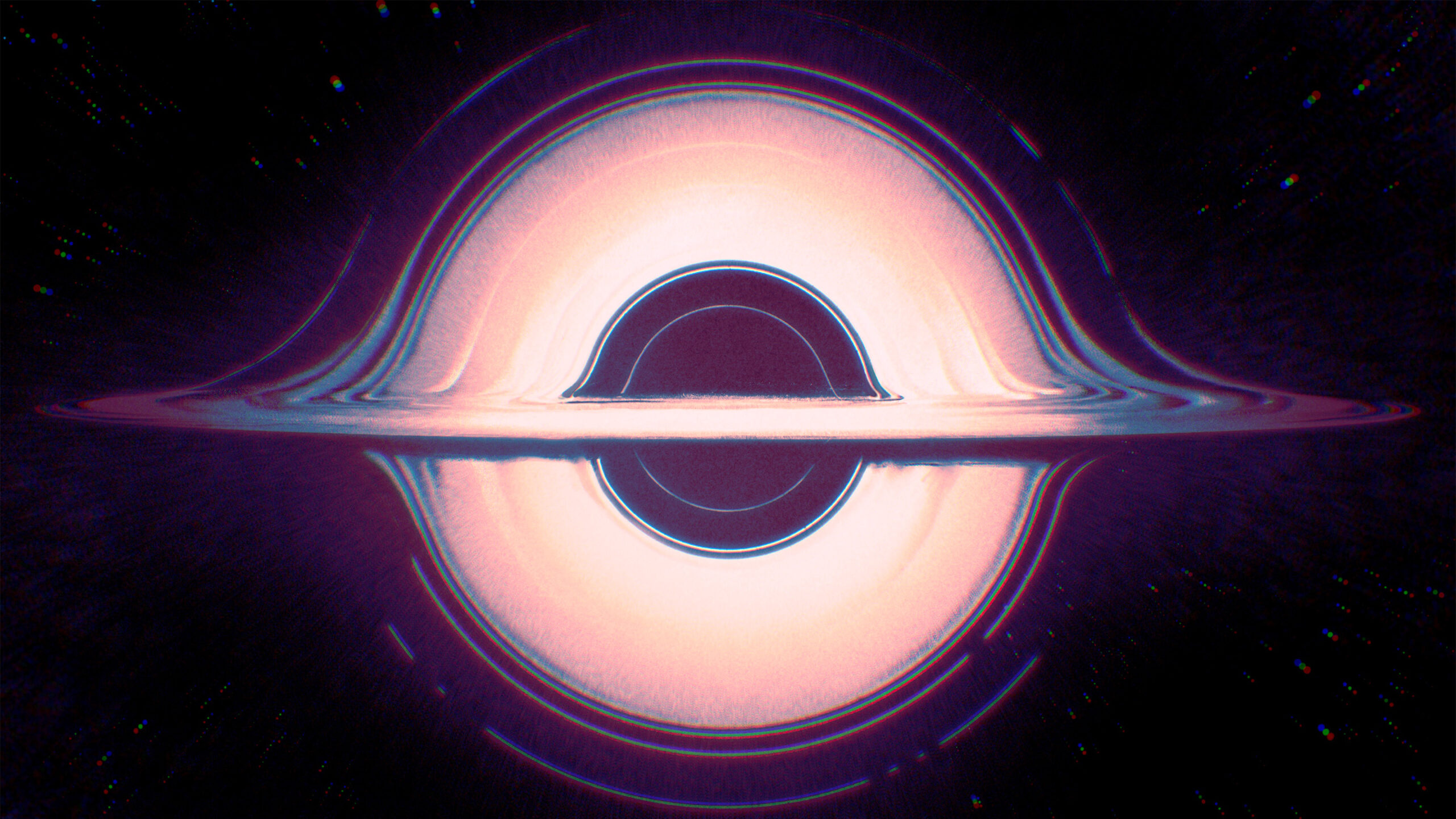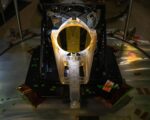A groundbreaking study proposes that the elusive black hole information paradox might be resolved by examining disturbances in space-time. Researchers suggest that gravitational waves—ripples in the fabric of space-time generated during black hole mergers—could carry subtle signatures of the information supposedly lost to black holes. If confirmed, this idea could bridge a critical gap between quantum mechanics and general relativity, offering profound insights into the universe’s fundamental laws.
The black hole information paradox, first introduced by physicist Stephen Hawking in 1976, questions what happens to the information consumed by black holes. Hawking theorized that black holes emit radiation (known as Hawking radiation) and eventually evaporate, seemingly destroying all information they once held. This apparent loss conflicts with the principles of quantum mechanics, which assert that information cannot be destroyed. Over the years, numerous theories have been proposed to resolve this tension, one of which is the concept of “nonviolent nonlocality.”
The idea of nonviolent nonlocality, gaining traction among theoretical physicists, posits that a black hole’s interior may be subtly connected to its exterior environment through quantum nonlocality—without requiring catastrophic events like explosions. This theory suggests that such connections could allow information to escape black holes in ways that do not violate the principles of either quantum mechanics or general relativity. While the connections are nonlocal, they are “nonviolent” in the sense that they avoid disrupting the black hole’s structure.
Researchers at the California Institute of Technology explored this hypothesis and proposed that these quantum connections might leave detectable imprints on space-time itself. Specifically, during black hole mergers, gravitational waves could encode unique patterns reflecting the preserved information. With the advent of advanced observational tools such as the Laser Interferometer Gravitational-Wave Observatory (LIGO), these patterns might be identifiable. If confirmed, this discovery could mark a monumental step in solving the black hole information paradox and deepening our understanding of the universe’s most enigmatic phenomena.













